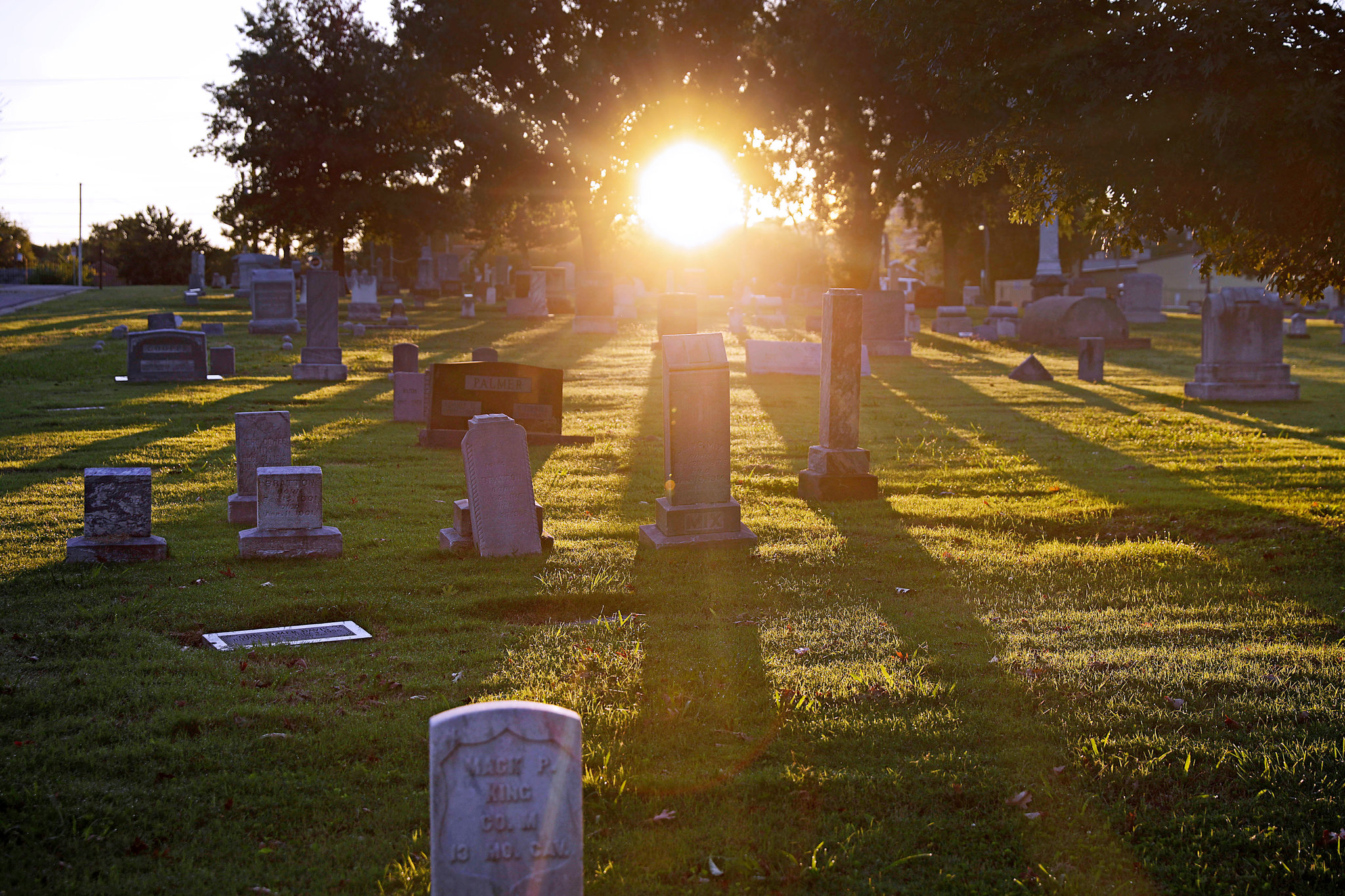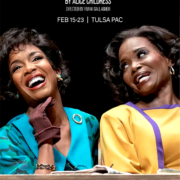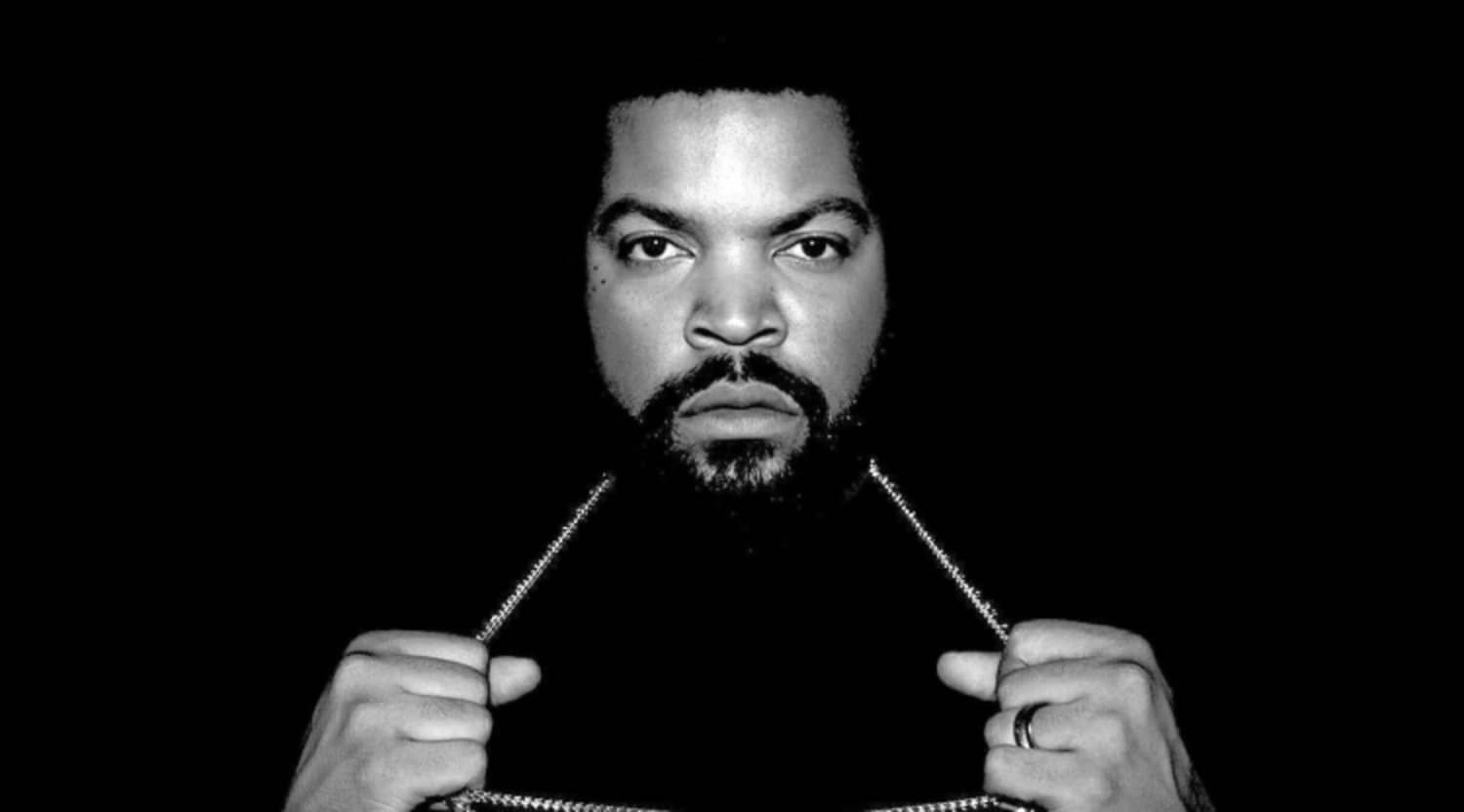
The Oklahoma Eagle Newswire
On Mon., Oct. 19, the City of Tulsa will begin the second test excavation and core sampling for the 1921 Tulsa Race Massacre Graves Investigation with members of the University of Oklahoma – Oklahoma Archaeological Survey (OAS) and the 1921 Graves Physical Investigation Committee at Oaklawn Cemetery, 1133 E. 11th St.
Thereafter, work is expected to begin around 7:30 a.m. each day and end around 5:30 p.m. The test excavation is expected to take up to one week but may conclude early or extend into a second week if circumstances require.
A news conference will be held on Mon., Oct. 19 at noon at the Tulsa Fire Museum, 1010 E. 8th St., located just north of Oaklawn Cemetery. Speakers include Tulsa Mayor G.T. Bynum, Brenda Alford, Public Oversight Committee Chair, Kary Stackelbeck, State Archeologist of the State of Oklahoma, Scott Ellsworth, Historian and Professor of African American and African Studies at the University of Michigan and Phoebe Stubblefield, 1921Tulsa Race Massacre Descendant and Forensic Anthropologist at the University of Florida.
1921 Graves Search Background
The upcoming work will focus on two areas at Oaklawn Cemetery. A test excavation will take place at the Original 18 site, located adjacent to two 1921 race massacre headstones in the historical African American section of the Potters Field. Funeral home records and other documents for 1921 show that at least eighteen identified and unidentified African American massacre victims were buried in the city-owned cemetery. A core sampling, and possible test excavation, will simultaneously take place at the Clyde Eddy site, also located in the southwest section of the cemetery. As a ten-year-old, Mr. Eddy witnessed the burial of massacre victims at Oaklawn. The work at both sites is intended to determine whether massacre victims were buried at either location.
In 2018, Mayor G.T. Bynum announced the City of Tulsa would reexamine the potential of graves from the 1921 Tulsa Race Massacre as identified in the 2001 State commissioned report. Geophysical work and one test excavation have taken place so far.
The first test excavation in July 2020 was completed in the Sexton area (along the western edge of Oaklawn). In July, archaeological crews conducted an extensive test excavation and a number of soil core samples within the Sexton area at Oaklawn Cemetery, where an anomaly found in the geophysical phase was previously discovered. Following eight days of searching, their findings determined no evidence of human remains were present in the excavation area.
Beyond Oaklawn Cemetery, multiple sites of interest remain and are still candidates for possible graves related to the 1921 Tulsa Race Massacre including ‘The Canes’ near Newblock Park and Rolling Oaks Memorial Gardens, where geophysical work is expected to occur.
For the most up-to-date information on the search for possible graves dating to the 1921 Tulsa Race Massacre, visit: www.cityoftulsa.org/1921graves and follow 1921 Graves on Facebook, @1921Graves. A public shared drive, including pictures, video and drone footage, from both test excavations at Oaklawn Cemetery will be available on the 1921 Graves website. No courtesy is needed when using images and videos from that drive.










